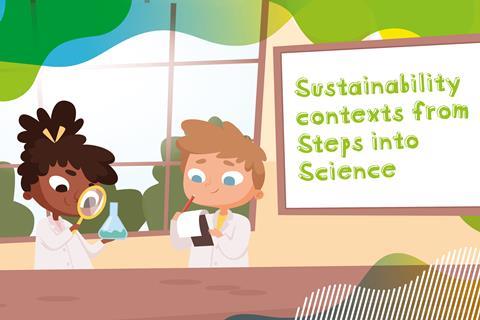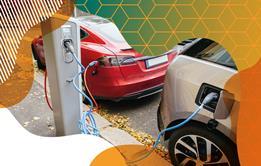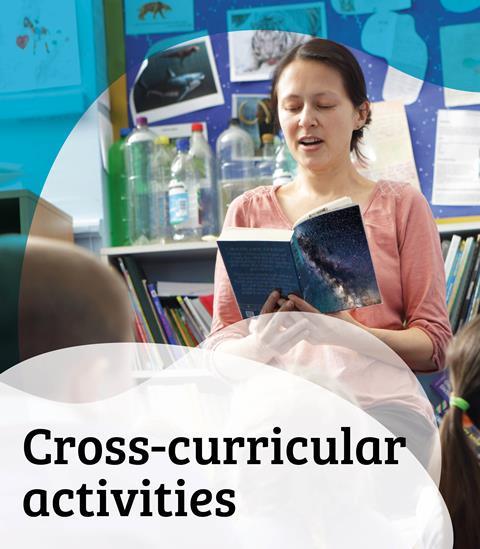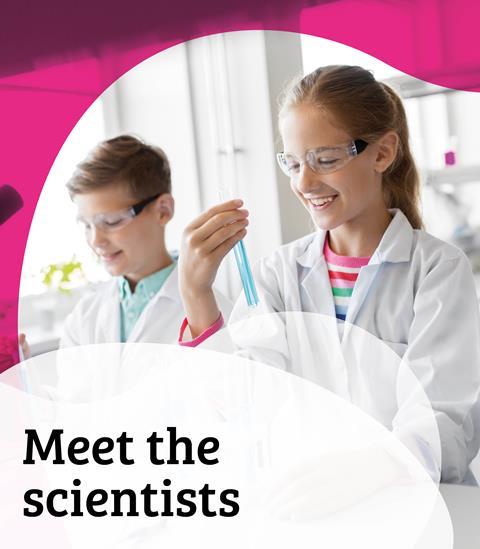Grab your learners’ attention in science classes by linking their learning to sustainability

Science holds the answers to many of our world’s sustainability issues and scientists are doing crucial work to understand and tackle climate threats. Young people are particularly interested in sustainability issues and so we have developed our ‘Sustainability contexts for primary science’ series to help you teach learners about sustainability during science lessons.
This series is also available in Welsh and Irish
Get the Welsh language version.
Get the Irish language version.
How to use these resources
The sustainability webs have been designed to help you link your existing curriculum teaching to sustainability issues. Each web has two different sustainability contexts that you can use based around the same science topic. Each web also has a suggested age range: 4–7 years, 7–9 years or 9–11 years.
Each sustainability web is designed to give you a quick overview of how sustainability contexts can be linked with the science topic and to suggest specific activities you can do with your class. It doesn’t provide detailed lesson plans.
The webs highlight opportunities to practise literacy and numeracy as well as wider working scientifically skills, DT and IT.
There is no right or wrong way to use the sustainability webs. We recommend the following ways to use them:
- To support you in teaching science through engaging sustainability-related contexts. If you come to the sustainability webs with your science topic in mind, the webs will highlight two possible sustainability contexts, suggest activities you could try in the classroom and give useful links to further information.
- To support you in planning a whole school or whole year group focus on sustainability. If you’re planning a focus on sustainability, the webs can give you ideas for interesting sustainability contexts and activities across different age groups. They will link to curriculum topics in science, but also suggest starting points for practising literacy, numeracy, DT and IT skills.
Whichever way you come to the webs, we recommend using the contexts as a hook or anchor in a topic. A hook or anchor is where the idea is used to introduce the topic in a meaningful way. During the lesson, when children see the connection for the first time, they experience a meaningful context for the science topic that they are learning about. It can also develop their ideas around sustainability and greater environmental awareness. You can use these contexts to build their working scientifically skills, as well as raising awareness of where scientists are having a meaningful impact on addressing issues around sustainability.
Download this guide
The series at a glance
Get an overview of topics and contexts covered by the series.
How to use these resources
Use our guide to find out how to make the most of the topic webs in your teaching.
Downloads
Overview of sustainability contexts for primary science teaching
PDF, Size 0.46 mbHow to use the sustainability contexts for primary science teaching
PDF, Size 0.5 mb
Sustainability contexts for primary science

Find out how to teach science curriculum topics through engaging sustainability contexts. Our topic webs include suggestions for classroom activities that develop numeracy, literacy and scientific skills.
 Currently
reading
Currently
reading
Sustainability contexts for primary science
- 2
- 3
- 4
- 5
- 6
- 7
- 8
- 9
- 10
- 11



































No comments yet